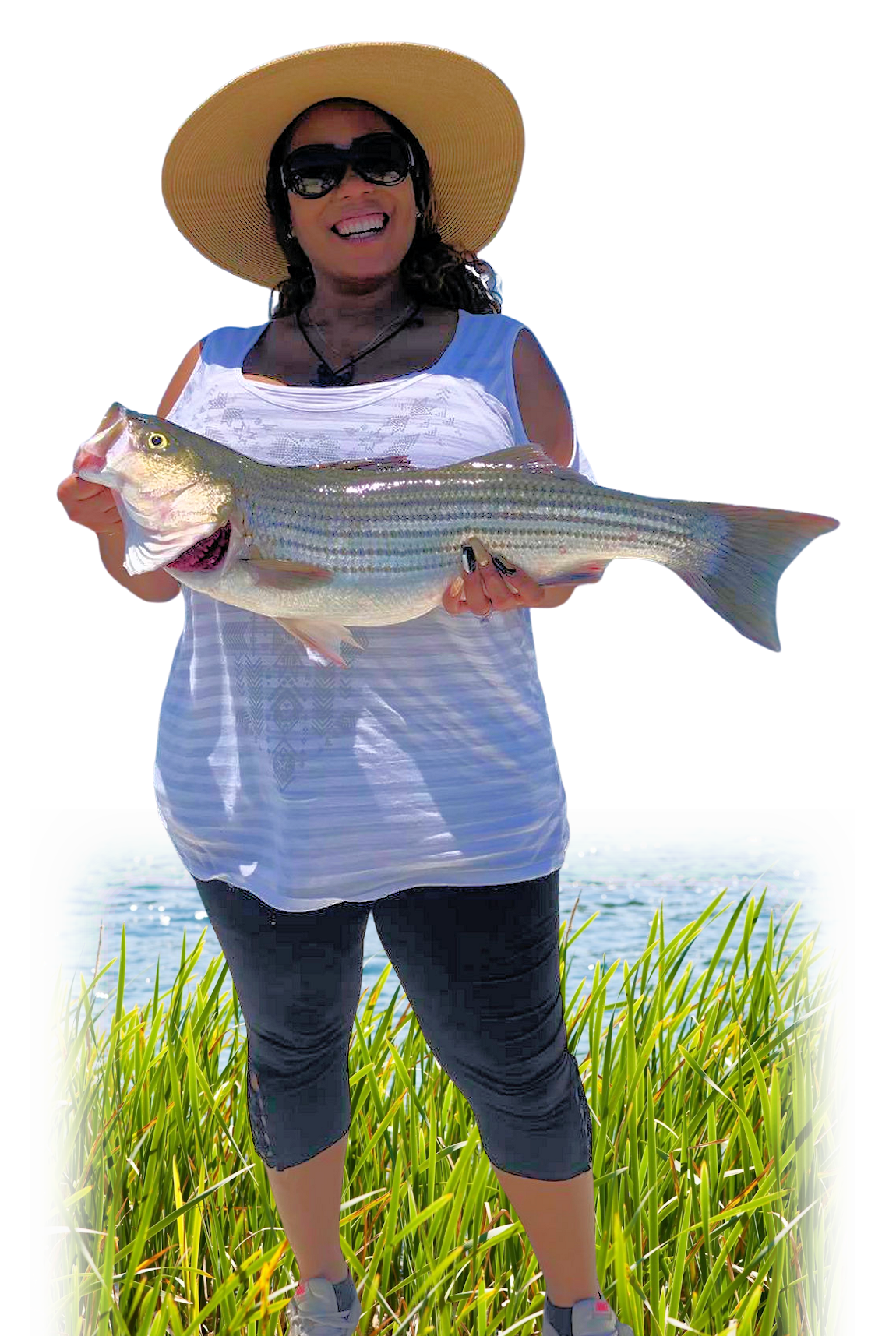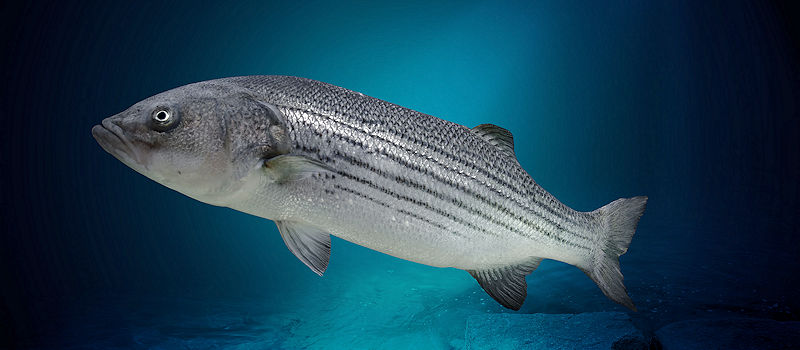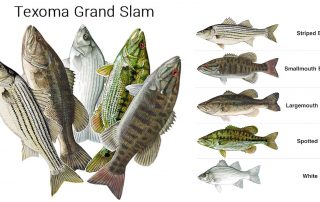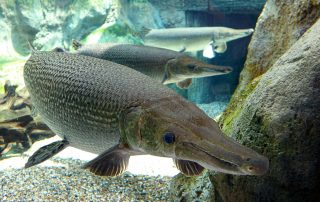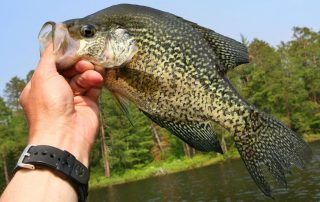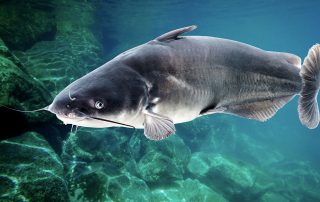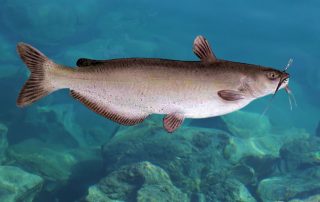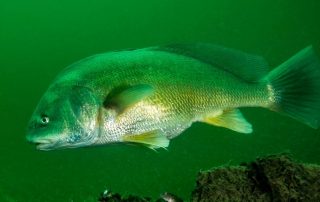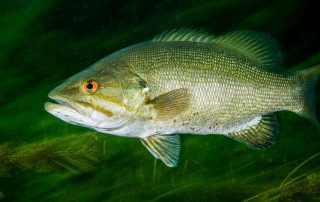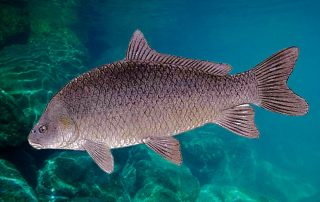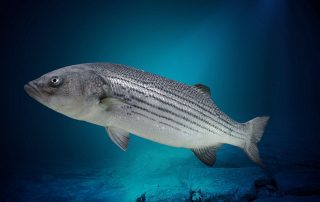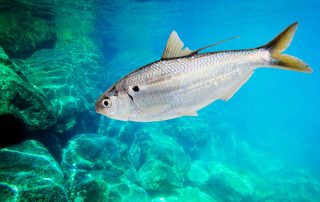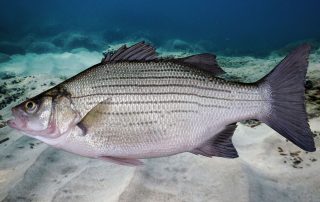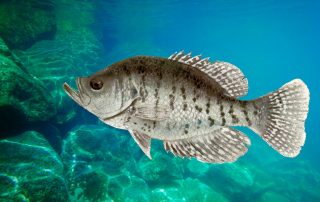Lake Texoma Fish Species
Types of Lake Texoma Fish Brought to you by Dan Barnett & Jacob Orr’s Guaranteed Striper Guide Fishing
In 2004, a blue catfish was pulled from the lake weighing in at 121.5 pounds, temporarily setting a world weight record for rod and reel caught catfish. More commonly, catfish in Lake Texoma weigh from 5 to about 70 pounds.
Lake Texoma provides habitat for at least 70 fish species!
Several of Lake Texoma’s fish specieis were introduced by the Oklahoma Department of Wildlife Conservation (ODWC) and the Texas Parks and Wildlife Department (TPWD). Those species popular for recreational fishing include largemouth, spotted, white, and striped bass, white crappie and channel, blue, and flathead catfish; The striped bass fishery at Lake Texoma is extremely popular and is considered one of the most successful striped fisheries in the nation. In addition, downstream of the dam is a tailwater fishery that supports striped bass, as well as channel, blue, and flathead catfish. Gizzard shad, threadfin shad, and Mississippi silverside are considered important forage species in the lake. Freshwater drum, carp, gar, buffalo, and river carpsucker make up the bulk of rough fishes in lake Texoma.
The lake was stocked with striped bass in the late 1960s, and has proven to be an excellent habitat for them. It is one of the seven U.S. inland lakes where the striped bass reproduce naturally, instead of being farmed and released into the waters. The “stripers” feed on large schools of shad, and often reach sizes of 12 to 20 pounds (lake record of 35.12 lb caught in 1984).
Several of Lake Texoma’s fish specieis were introduced by the Oklahoma Department of Wildlife Conservation (ODWC) and the Texas Parks and Wildlife Department (TPWD). Those species popular for recreational fishing include largemouth, spotted, white, and striped bass, white crappie and channel, blue, and flathead catfish; The striped bass fishery at Lake Texoma is extremely popular and is considered one of the most successful striped fisheries in the nation. In addition, downstream of the dam is a tailwater fishery that supports striped bass, as well as channel, blue, and flathead catfish. Gizzard shad, threadfin shad, and Mississippi silverside are considered important forage species in the lake. Freshwater drum, carp, gar, buffalo, and river carpsucker make up the bulk of rough fishes in lake Texoma.
The lake was stocked with striped bass in the late 1960s, and has proven to be an excellent habitat for them. It is one of the seven U.S. inland lakes where the striped bass reproduce naturally, instead of being farmed and released into the waters. The “stripers” feed on large schools of shad, and often reach sizes of 12 to 20 pounds (lake record of 35.12 lb caught in 1984).
